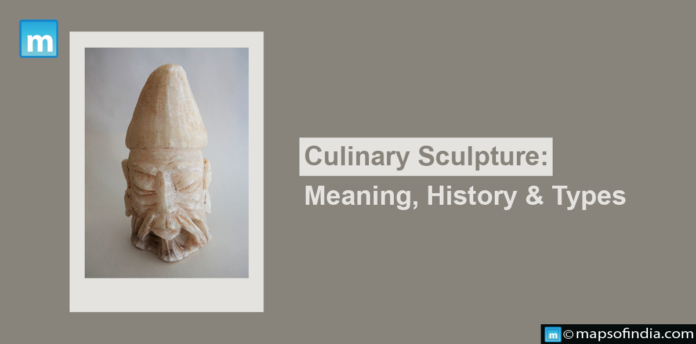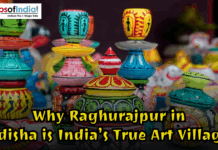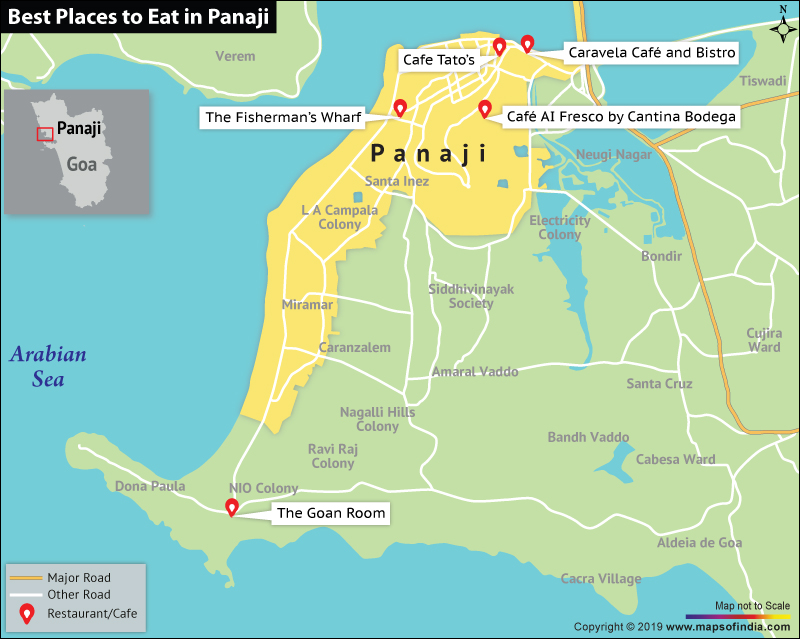Culinary sculpture is a genre of art in which three-dimensional works of art are created using food as a medium. It is a complex and proficient art form that requires a thorough mastery of culinary skills and classical sculpture techniques. Culinary sculptors construct their sculptures using a variety of foods such as fruits, vegetables, meats, and cheeses. They may also use edible flowers, herbs, and spices to enhance color, flavor, and texture.
History Of Culinary Sculpture
Culinary sculpture has a long and rich history that dates back to ancient times. The ancient Egyptians were famous for their lavish food presentations, which frequently included intricate sculptures of fruits and vegetables. The Romans were also known for making gorgeous centerpieces for their banquets.
Culinary sculpture experienced a comeback in Europe during the Renaissance. Sugar sculptures became the focal point of elaborate meals thrown by the nobility. These sugar sculptures, termed “subtleties,” ranged from complex castles to mythological creatures, demonstrating the chefs’ talent and ingenuity.
Types Of Culinary Sculpture
-
Carving
Carving is the most common type of culinary sculpting. It entails carving three-dimensional shapes out of food using sharp knives and other carving instruments.
-
Molding
This method is used to make hollow or intricate food sculptures. It entails pressing food into silicone molds and then allowing it to solidify.
-
Stacking
This method is used to make culinary sculptures with numerous layers of food. It entails stacking the layers of food carefully on top of each other and then fastening them with toothpicks or skewers.
-
Gluing
This method is used to join food bits together to make more complicated sculptures. It entails employing food-safe adhesive to attach the food pieces.
-
Freezing
This process is used to make ice sculptures out of food. To do this, liquids such as water or other substances are frozen in silicone molds before being carved into the appropriate shape.
Contemporary Dining With Culinary Sculpture
Modern eating experiences are greatly influenced by culinary sculpture. It has spread beyond elite gatherings and is now present in upscale eateries, fine-dining establishments, and culinary festivals. The following are a few ways that culinary sculpture improves the dining experience:
-
Fine Dining
Intricate edible sculptures are frequently featured in tasting menus or dessert presentations at upscale restaurants. These sculptures offer a sense of surprise and artistry to the eating experience, giving customers a lasting impression.
-
Special Occasions
Culinary sculptures are a popular option for weddings, anniversaries, and other important occasions. Beautiful centerpieces of elaborate sugar or chocolate sculptures enhance the ambiance and make the event even more memorable.
-
Food Festivals
The culinary sculpting competitions are a highlight of many food festivals worldwide. Competing to produce the most stunning edible creations, talented chefs and artists display their skills to a large audience.
Conclusion
Culinary sculpture is an art form that has evolved, engaging the senses and sparking the imagination, from classical Rome to contemporary fine dining. It serves as a reminder that food is more than just fuel for the body; it is also a culinary work of art that connects taste and artistry, enhancing culinary experiences and allowing everyone to relish the beauty in every mouthful.





